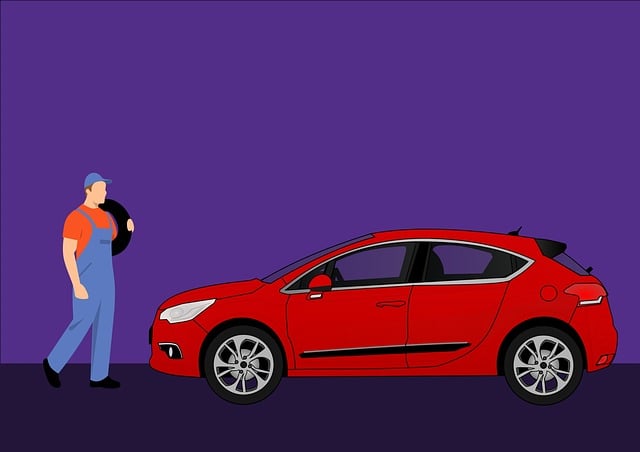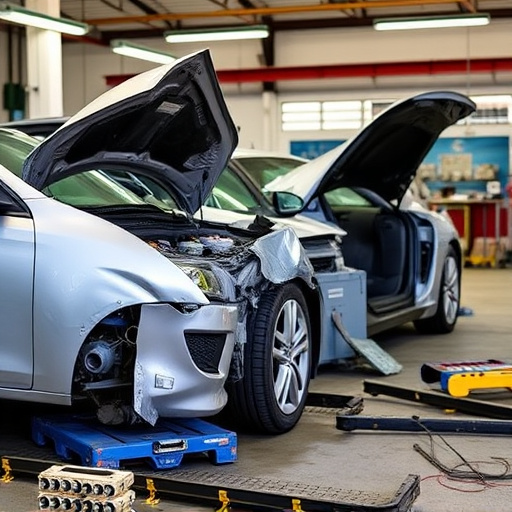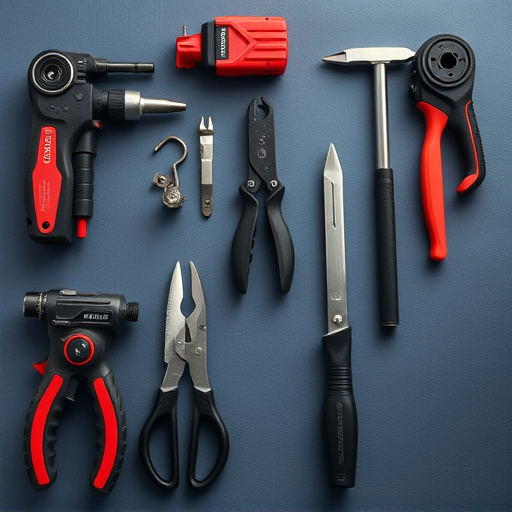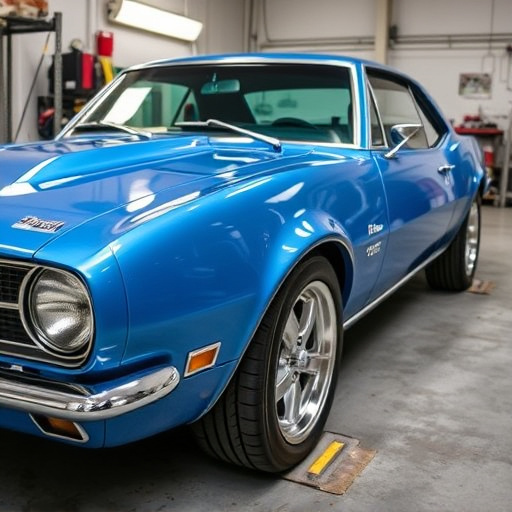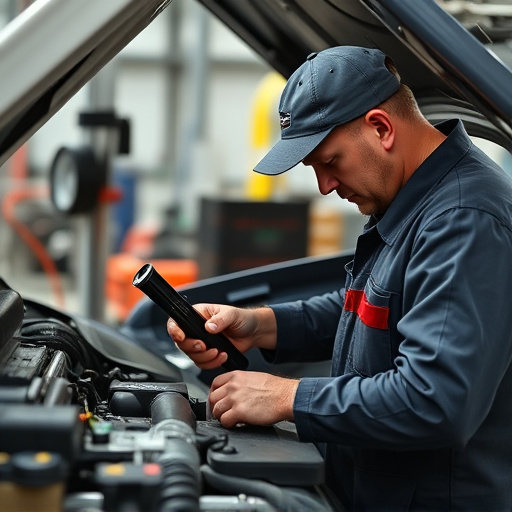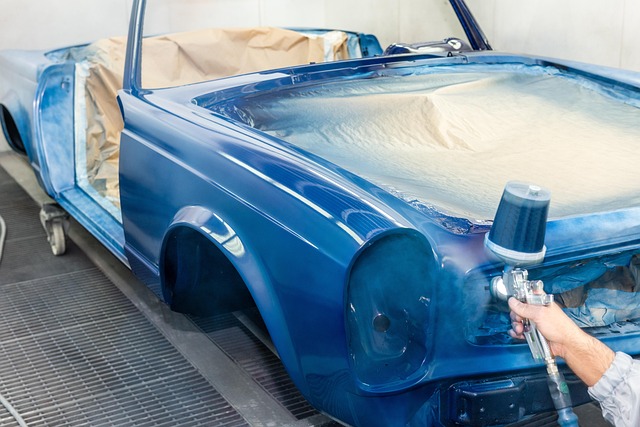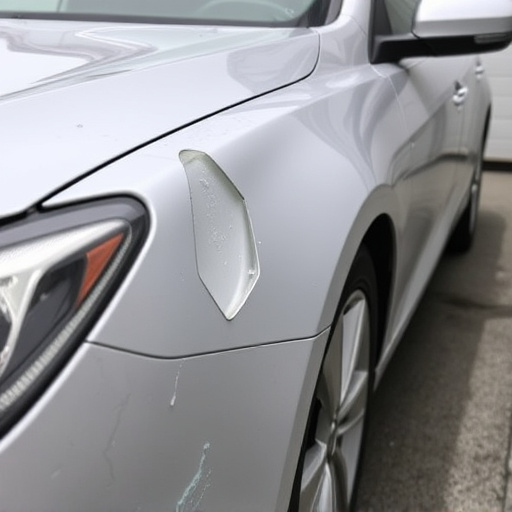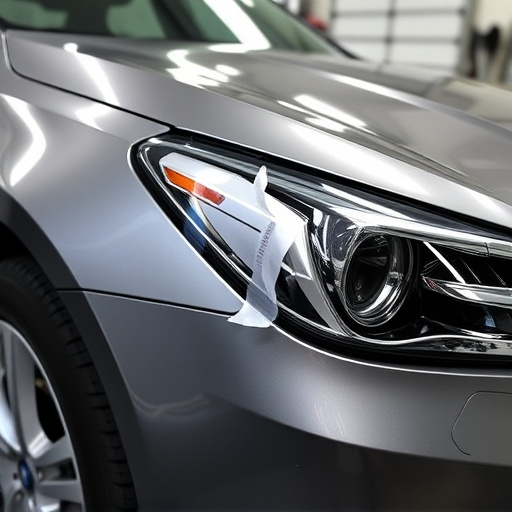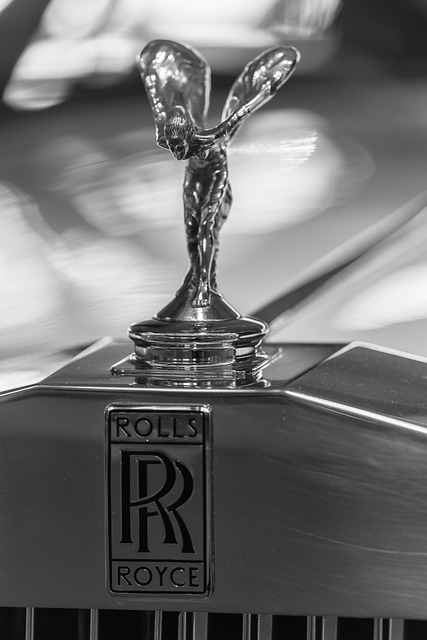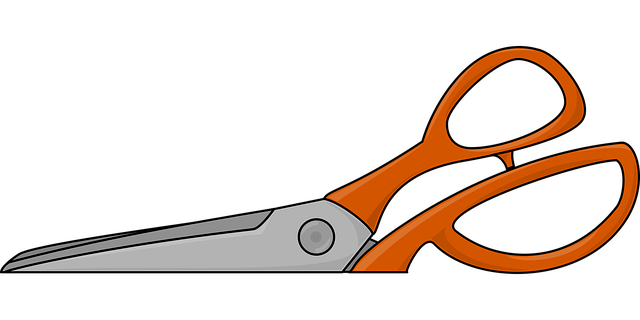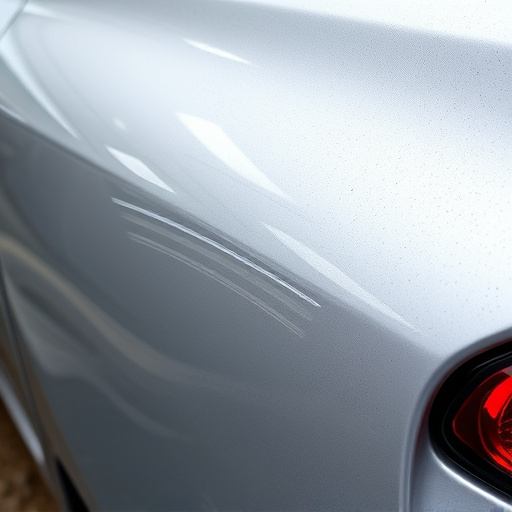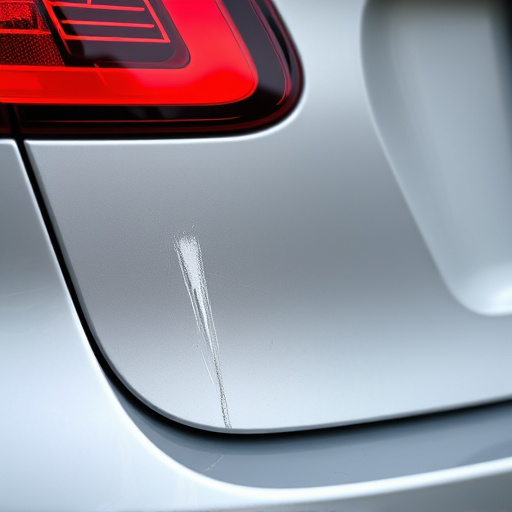Modern vehicle designs with complex geometries and diverse materials require specialized sectioning techniques to preserve quality and safety during repair. Automation through advanced robotic systems has revolutionized these procedures, enhancing accuracy, efficiency, and reducing errors in both mass production and classic car restoration. Optimizing sectioning procedures streamlines assembly, minimizes errors, improves quality control, and simplifies logistics in vehicle manufacturing and restoration.
In modern vehicle design, complex geometries and diverse materials present significant challenges for efficient sectioning procedures. As automotive manufacturing evolves, automation has revolutionized precision cutting, enabling greater accuracy and productivity. However, optimizing these advanced sectioning processes for streamlined assembly remains crucial. This article explores strategies to navigate these complexities, focusing on material diversity, automated cutting technologies, and innovative approaches to enhance overall assembly efficiency within the industry.
- Complex Geometries and Material Diversity
- Automation's Impact on Precision Cutting
- Optimizing Sectioning for Assembly Efficiency
Complex Geometries and Material Diversity
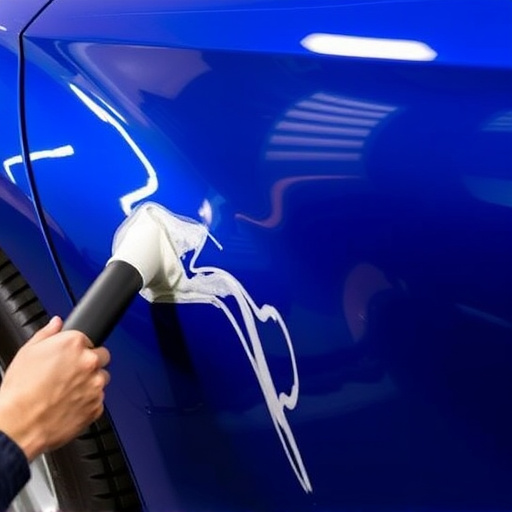
Modern vehicle designs present unique challenges for sectioning procedures due to their complex geometries and diverse materials. As cars evolve with lightweight alloys, advanced composites, and intricate structural components, traditional cutting methods often fall short. The complexity of modern auto bodies requires specialized techniques that can accurately navigate these varied surfaces without compromising integrity or causing damage.
This diversity in materials necessitates a flexible approach to sectioning procedures, as each material has its own set of properties and behaviors during the repair process. For instance, while metal may be susceptible to corrosion if not handled properly, composites demand precise cutting to maintain their structural integrity. Auto body shops must adapt their practices to cater to these nuances, ensuring effective vehicle dent repair while preserving the overall quality and safety of modern vehicles.
Automation's Impact on Precision Cutting
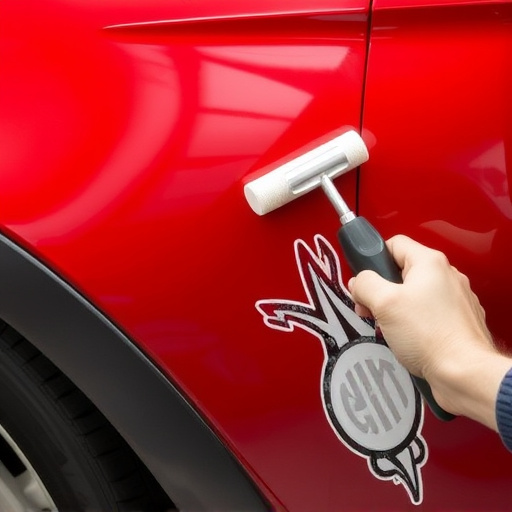
Automation has significantly transformed the landscape of sectioning procedures in modern vehicle designs, particularly in car repair services and classic car restoration. Advanced robotic systems now perform precision cutting tasks with unprecedented accuracy, enabling tighter tolerances and smoother finishes than ever before. These automated processes streamline production lines, enhance efficiency, and reduce human error, ensuring consistent quality across every component manufactured.
This technological shift not only benefits mass-production facilities but also has implications for specialized auto painting and classic car restoration services. Automation allows restorers to recreate intricate details with meticulous care, preserving the historical integrity of vintage vehicles while meeting contemporary standards. As a result, modern sectioning procedures are more efficient, precise, and capable of delivering exceptional results across diverse vehicle types, from everyday cars to cherished classics.
Optimizing Sectioning for Assembly Efficiency
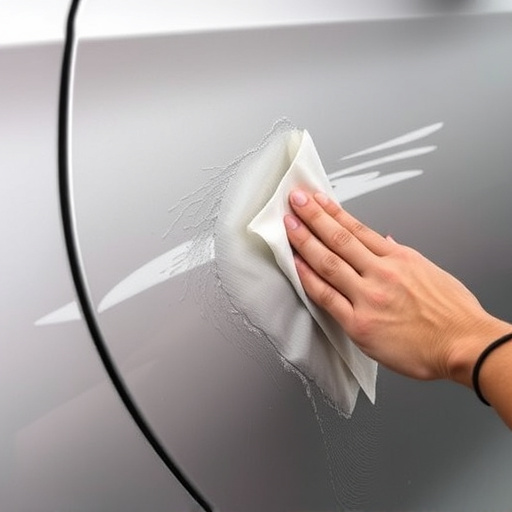
In modern vehicle designs, optimizing sectioning procedures is paramount to enhancing assembly efficiency in both automotive body shops and auto restoration facilities. By breaking down complex components into manageable sections, manufacturers can streamline the production process, reducing assembly time and minimizing errors. This strategic approach is particularly beneficial during intricate tasks such as auto painting, where precise alignment and fitment are crucial for achieving a flawless finish.
Efficient sectioning procedures facilitate better organization and workflow management, allowing technicians to work on specific parts concurrently. This not only boosts productivity but also ensures consistency in quality control. Moreover, optimized sectioning can simplify logistics, reducing the need for extensive storage space and enhancing inventory management, particularly in bustling automotive restoration environments.
Modern vehicle designs, characterized by complex geometries and diverse materials, present unique challenges for sectioning procedures. Automation has significantly enhanced precision cutting capabilities, but optimizing these processes for efficient assembly remains a critical focus. By balancing material waste reduction with structural integrity, modern manufacturers can streamline production, ensuring vehicles meet stringent safety and performance standards while maintaining competitive pricing.
